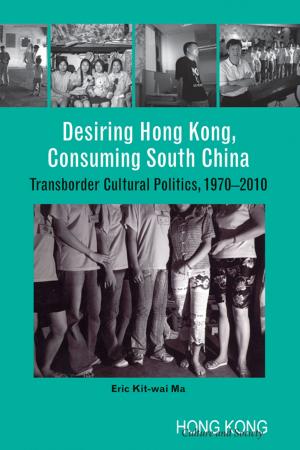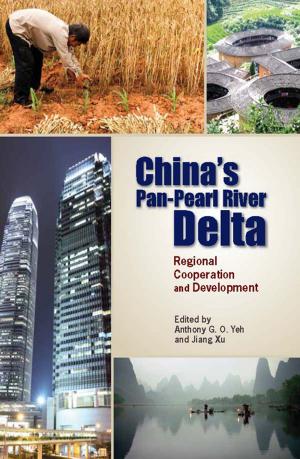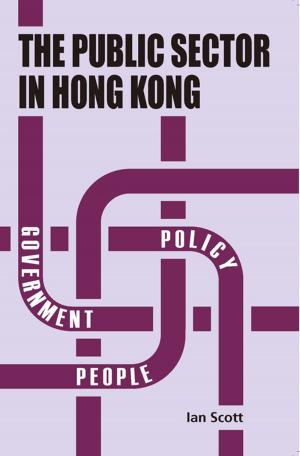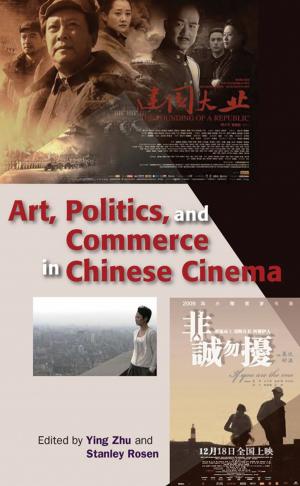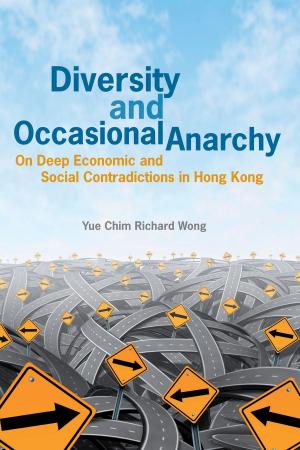| Author: | Hong Kong University Press | ISBN: | 9789882208957 |
| Publisher: | Hong Kong University Press | Publication: | December 15, 2009 |
| Imprint: | Language: | English |
| Author: | Hong Kong University Press |
| ISBN: | 9789882208957 |
| Publisher: | Hong Kong University Press |
| Publication: | December 15, 2009 |
| Imprint: | |
| Language: | English |
Casting new light on Sino-European relations, this volume challenges the official rhetoric of “constructive engagement” and “strategic partnership” between Europe and China, by revealing the internal and external limitations and constraints of their interaction. The contributions illustrate that Europe and China are not static, monolithic, and unitary entities. Sino-European relations are becoming a complex web of economic, diplomatic, social, and cultural interlinkages and are driven by numerous actors with often diverging interests. While trade has been a dominant factor in this relationship, Europe and China are now tied together by more than commercial exchanges. Concerns about energy and climate change, human rights and policies towards Africa, geostrategic considerations, as well as a pervasive anxiety about China’s rise in Europe are now important elements of this relationship. In the absence of common borders or strategic interests in each other’s regions, Sino-European affairs are cordial and friendly, but also remain distant and vague. The growing quantity of interactions has so far not led to a qualitative upgrade of the relationship. Both sides continue to be secondary partners to each other. Misperceptions, false expectations, and a general lack of understanding of each other’s internal drivers of policy continue to be major obstacles for improving ties between Europe and China.
Casting new light on Sino-European relations, this volume challenges the official rhetoric of “constructive engagement” and “strategic partnership” between Europe and China, by revealing the internal and external limitations and constraints of their interaction. The contributions illustrate that Europe and China are not static, monolithic, and unitary entities. Sino-European relations are becoming a complex web of economic, diplomatic, social, and cultural interlinkages and are driven by numerous actors with often diverging interests. While trade has been a dominant factor in this relationship, Europe and China are now tied together by more than commercial exchanges. Concerns about energy and climate change, human rights and policies towards Africa, geostrategic considerations, as well as a pervasive anxiety about China’s rise in Europe are now important elements of this relationship. In the absence of common borders or strategic interests in each other’s regions, Sino-European affairs are cordial and friendly, but also remain distant and vague. The growing quantity of interactions has so far not led to a qualitative upgrade of the relationship. Both sides continue to be secondary partners to each other. Misperceptions, false expectations, and a general lack of understanding of each other’s internal drivers of policy continue to be major obstacles for improving ties between Europe and China.


